On this page you will find information about the speakers and workshop leads.
Speaker and workshop lead profiles appear in alphabetical order.
Selected workshops are available for online delegates. These workshops, see below, will be streamed via Zoom. If you have not already, please download zoom to your device.
Invited speakers and Workshop leads
Invited speakers
Dr Natalia Bilton

Dr Natalia Bilton
Keynote title: An alternative pedagogy for the teaching of anatomy and physiology
Dr Bilton created a new and alternative pedagogy (and associated learning activities) for the teaching of anatomy and physiology to first year students. This pedagogy was developed in collaboration with Dr Tyson Yunkaporta creator of the 8 Ways of Aboriginal Ways of Learning. Dr Bilton is a leader in learning and teaching (L&T), experienced in delivering a large multi-mode cross-campus subjects, recipient of multiple teaching awards, and respected mentor for the Scholarship of Teaching and Learning (SoTL). Dr Bilton has delivered many L&T presentations both internally and externally. She has also led the Indigenous Science Education Program at the Port Macquarie campus for three years and participated in committees and working groups to enable the implementation of Indigenous Australian Content in courses and increase the quality of cross-campus teaching at Charles Sturt University.
A/Professor Craig Hacking

Associate Professor Craig Hacking
Keynote title: Radiographic anatomy teaching in 2020s (Radiopaedia)
A/Professor Craig Hacking is the Medical Director of Medical Imaging and Lead Emergency Radiologist at the Royal Brisbane and Women’s Hospital, Brisbane, Australia. He is the current Academic Lead for Clinical Radiology at the University of Queensland. Craig is a contributing editor and previous managing editor of Radiopaedia and a lead presenter for emergency radiology, medical imaging anatomy and trauma radiology Radiopaedia courses, which are offered free online to 119 developing countries. Craig is a former lead anatomy examiner for the Royal Australian and New Zealand College of Radiologists (RANZCR). He graduated medical school at the University of Queensland and has been teaching anatomy and radiology for over 20 years. Recently, Craig has co-authored a medical student radiology textbook.
A/Professor Kelly Matthews

Associate Professor Kelly Matthews
Keynote title: Courageous collaboration: Learning at the boundaries of comfort and discipline
Kelly Matthews is an Associate Professor (Higher Education) at the University of Queensland’s Institute of Teaching and Learning Innovation. She is an internationally recognised scholar of teaching and learning with over 120 peer-reviewed articles, chapters, and books. She engages in research that results in policy and practice impact in the areas of: (a) curriculum development, (b) student partnership in co-design and co-creation, (c) professional development of university educators and (d) scholarship of teaching and learning.
Kelly translates research to practice by creating communities of learners, teachers, leaders, and specialist staff who learn about and reflect together on new practices. She has organised and led international collaborative writing groups and change institutes; created the Students as Partners Network (now numbers 900 students and staff); co-founded the International Journal for Students as Partners; and mentored countless scholars to write and publish about teaching and learning.
Connect with Kelly on Twitter @kellymatthewsUQ, learn more about her research in this podcast conversation, and read her recent co-authored book, Writing about teaching and learning in higher education.
A/Professor Ali Mirjalili
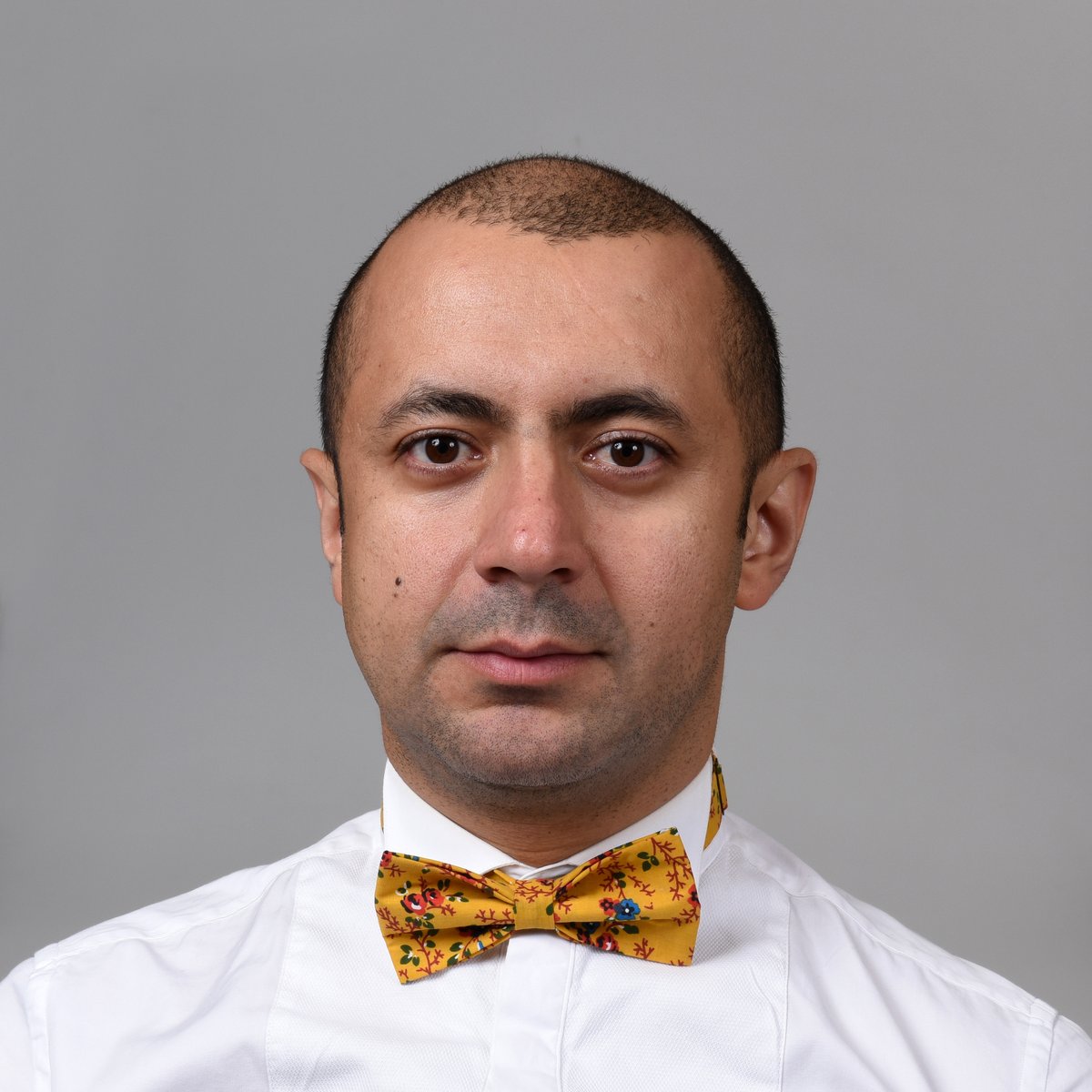
Associate Professor Ali Mirjalili
Keynote title: Visiting paediatric anatomy using modern imaging modalities
A/Professor Ali Mirjalili is an academic at the Anatomy and Medical Imaging Department, University of Auckland. Ali started his academic journey at the University of Otago in Dunedin and revisited Human Surface Anatomy using modern imaging modalities (CT, US, MRI). Ali Joined the University of Auckland in 2014 and has been investigating paediatric and fetal anatomy and functional anatomy, with more than 80 publications. The use of modern imaging modalities have been at the forefront of these projects and have permitted novel insights not previously available through traditional techniques. Ali is the “Gray’s Anatomy (42nd Ed) Consulting Section Editor for Surface Anatomy. Ali is also the editor of the Last’s Anatomy (Revised 2019), co-author of “A Companion Guide to Last’s Anatomy” and co-author of “Pocket Surface Anatomy”.
A/Professor Julie Mundy

Associate Professor Julie Mundy
Keynote title: A career in surgery and changes in applied anatomy
A/Professor Julie Mundy graduated in medicine from the University of Queensland in 1982 and trained in general surgery at the Princess Alexandra Hospital (PAH). She then trained in adult cardiothoracic surgery & heart-lung transplant at St. Vincent’s Hospital, Sydney. After a fellowship in Glasgow, A/Professor Mundy returned to St. Vincent’s Hospital, Sydney in 1993 as a cardiothoracic and heart-lung transplant surgeon. In 1999, she commenced as the director of cardiothoracic surgery at PAH and established this new unit. She has been actively involved with Royal Australian College of Surgery (RACS) activities as a councillor including terms as treasurer and vice-president. She was recently elected to the RACS Court of Honour. She has been extensively involved in RACS examinations from the basic sciences to senior examiner in cardiothoracic surgery for over 20 years. She has over 45 publications including a book chapter in the 1st edition of Gray’s Surgical Anatomy.
__________________________________________________________________________________________
Workshops
Workshops will be delivered via Zoom. The links will be provided soon!
Workshop 1: Skeletisation
This workshop is face-to-face only
Workshop lead: Associate Professor Carl Stephan
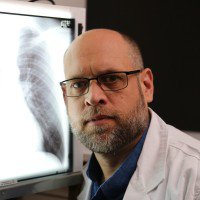
Workshop summary:
In this workshop delegates will learn the dubious origins and nature of traditional medical teaching skeletons and why newly produced unmingled anatomical skeletons of consenting body donors holds a key role for ethical, present-day, anatomical study. Attendees will be afforded the opportunity to compare and contrast the anatomy of both kinds of skeletons to observe the limitations of the former and the benefits of the latter. Skeletisation infrastructure and processes, including Dermestes Maculatus for periosteal removal, will be reviewed.
This observation-based workshop is open to bona fide anatomy technicians and academic anatomists with a genuine interest in skeletal processing methods and ethical teaching / research of skeletal anatomy. Intending attendees are required to provide job title, institutional affiliation, and motivation for attending this workshop prior to arrival for the workshop.
All participants are required to:
1. abide by the Transplantation and Anatomy Act, 1979 (QLD);
2. adhere to the SBMS Code of Conduct for use of human tissues; and
3. wear appropriate attire (e.g., closed footwear, long hair tied back).
Gloves, isolation gowns and safety glasses will be provided. Per QLD regulatory requirements, electronic recording devices, in any form, are not permitted. Phones are required to be turned off and left at the door.
Workshop 2: Advanced Dissection for Research, Prosection and Teaching
This workshop is face-to-face only
Workshop lead: Associate Professor Quentin Fogg
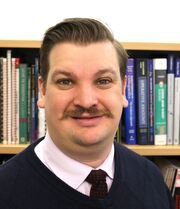
Workshop summary:
The dissection workshop is designed to make you think about how you dissect and how you might augment your current practice. There are, of course, many ways to dissect and many ways to reach the same outcome in dissection. This workshop draws on select parts of two separate one-day workshops that Quentin runs: “Teaching Dissection” and “Dissection for ProSections and Research”. These are always evolving, but the core of both have been run internationally for more than 10 years. As students (because, aren’t we all?) and teachers of students, you’ll gain insight into data and rationale that has informed the development of Quentin’s approach, experience what it is like try new techniques (which is harder the more experienced you are) and deploy the most common tips, corrections and guidance Quentin has used in bringing this approach to more than 5,000 students. We’ll also explore some approaches taken to increase the predictability and reproducibility of dissection: essential in both the production of ProSections and the conduct of dissection-based research. We’ll explore some tissue-specific techniques , instrument selection and discuss some important technique modifications that contrast with things like surgical technique. This is very much a hands-on workshop, so you will be dissecting for as much of the session as possible.
Please also note as with all anatomy labs, safe attire is required. Please ensure that you wear shoes with closed toes that suitably encase the foot (including the heel) and wear clothing suitable for the area. Gowns, gloves and other PPE will be provided, along with instruments.
Workshop 3: Digital Anatomy
This workshop will be delivered F2F and online
Click this zoom link to join the workshop if you are an online delegate
Workshop leads
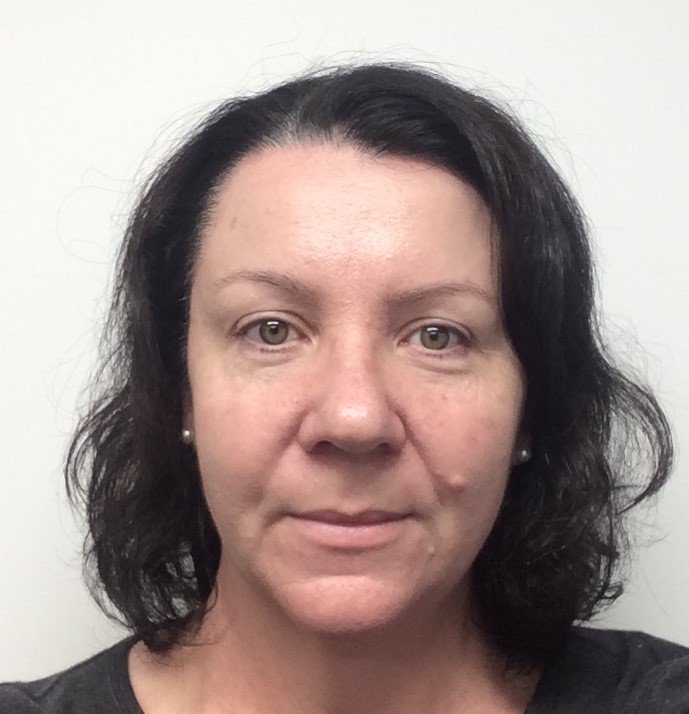
Dr Claire Aland (Senior Lecturer, University of Queensland)

Associate Professor Krisztina Valter- Kosci (Australian National University)
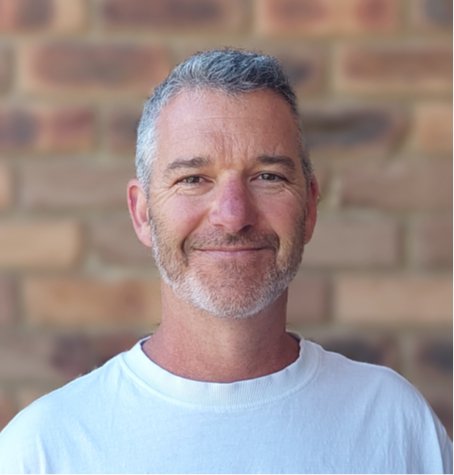
Associate Professor Aaron McDonald (LaTrobe University)
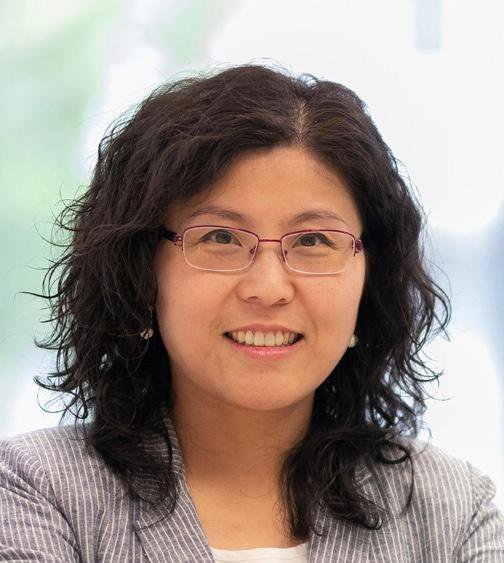
Associate Professor Jun Hua Xiao (Swinburne University)
Workshop summary:
Anatomy is shifting towards a greater focus on adopting digital delivery. This evolution has accelerated due to the recent COVID-19 pandemic. During the workshop, we will present and discuss multimodal digital strategies that have been innovatively adopted to advance gross and microscopic anatomy education. This workshop hopes to bring new insights into how digital modalities can be effectively adopted to best suit anatomy course design and advance authentic learning, pertinent to post-pandemic education.
Workshop Program
- Digital histology learning through interdisciplinary partnerships
Dr Claire Aland
The University of Queensland, Queensland, Australia
2. ‘In-house” development of digital anatomy resources
Associate Professor Krisztina Valter-Kocsi
The Australia National University, ACT, Australia
3. Teaching in concurrent online and face-to-face practical classes: positives and pitfalls
Associate Professor Aaron McDonald, Melby Tentrisanna, Heath McGowan
La Trobe University, Victoria, Australia
4. Multimodal digital teaching of regional anatomy
Associate Professor Junhua Xiao
Swinburne University of Technology, Victoria, Australia

